
MoIT trains nationwide rollout of centralized public service system
19:05 | 23/03/2025 17:49 | 18/12/2025News and Events
The cuisine not appeals to the eye and palate, it holds significant meaning. Ethnic minority people in the Northwest, including the Cao Lan, Tay, Nung, and Thai, among others, believe that the colors represent the five elements, bringing together friends and family and hinting at good fortune and close relationships.
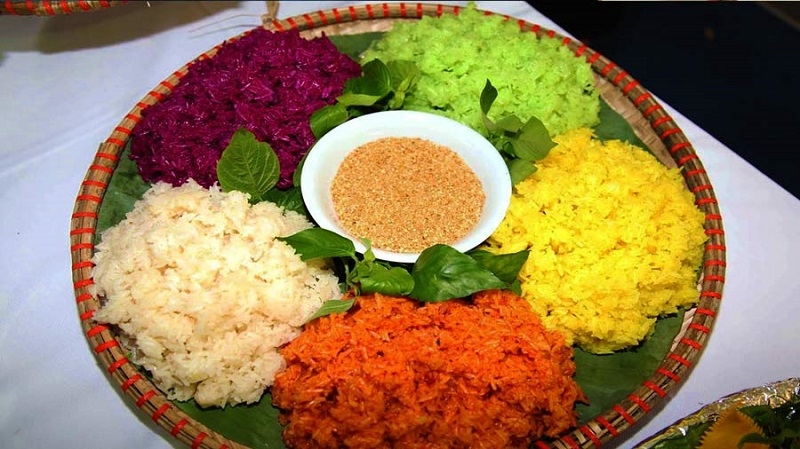 |
Red represents a desire to live and dream of a bright future, while purple indicates rich land, which must be preserved and developed, yellow symbolizes wealth and prosperity, green represents the forests of the Northwest and its paddy fields, while white sticky rice symbolizes pure and faithful love.
The dish is usually presented in the shape of a flower with five petals as an expression of affection and respect for parents, grandparents and ancestors. It can also be presented in layers.
Ingredients used to make five-color sticky rice include fragrant glutinous rice and forest leaves to color the sticky rice. Preparation is simple but requires meticulous work, including soaking good-quality rice in clean water for 6-8 hours, then dividing it into five equal parts, with each dyed a separate color.
The red color is derived from the gac fruit, the green from ginger or pandan leaves, smashed turmeric will produce the yellow shade, while the leaves of areca trees generate the purple. The fruits, tubers and leaves must be pounded and squeezed separately and cooked in different pots to avoid mixing. Once the sticky rice takes on color, it is taken out of the liquid to begin cooking.
While steaming the sticky rice, it is important to pay attention to the fire, which affects the softness and flavor. The portions with colors that are likely to fade the most, must be cooked first.
Women from the Northwest have learned through generations how to choose the right type of sticky rice, how to dye it, and the perfect amount of fire and heat to cook it.
 |
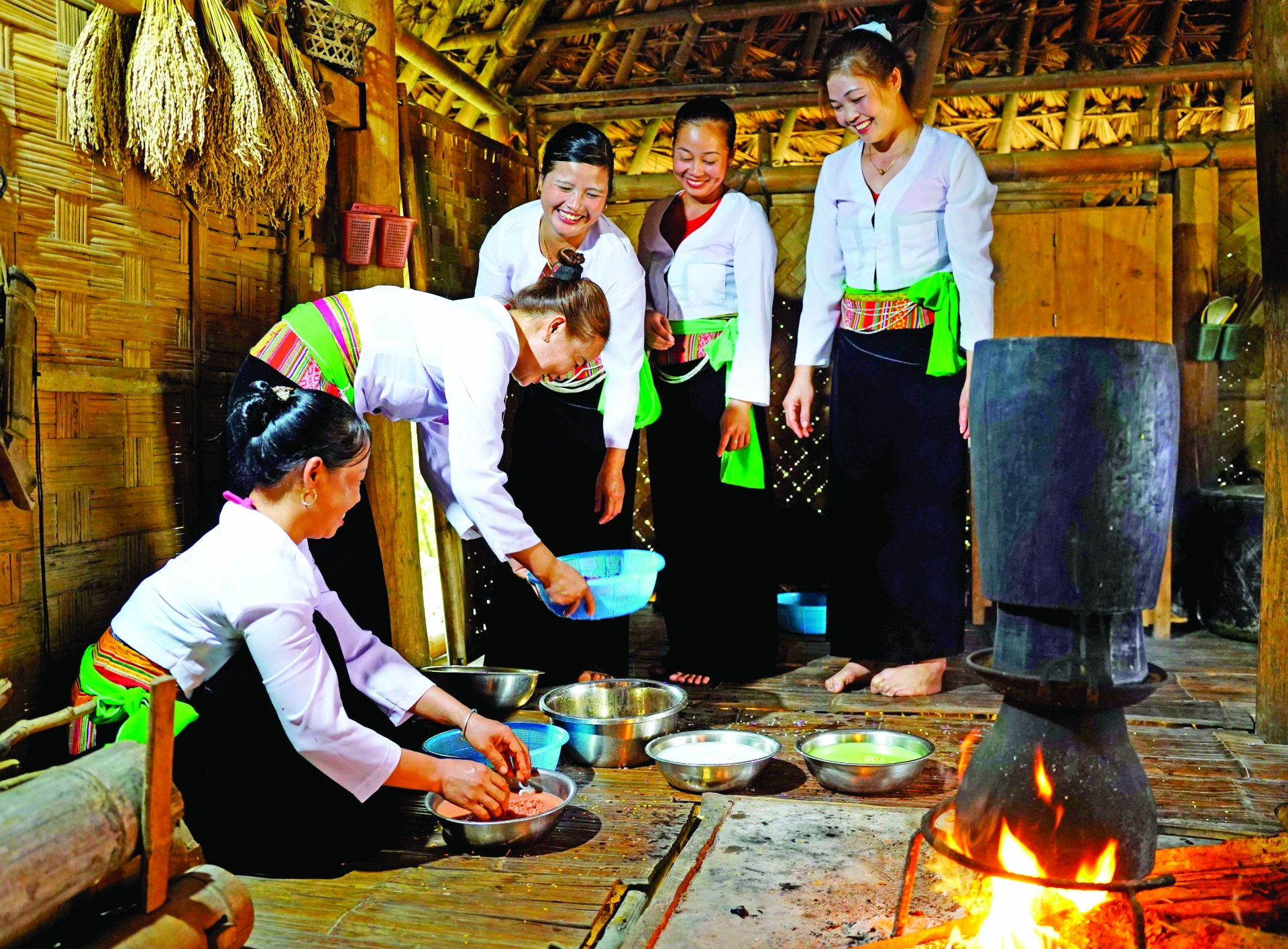 |
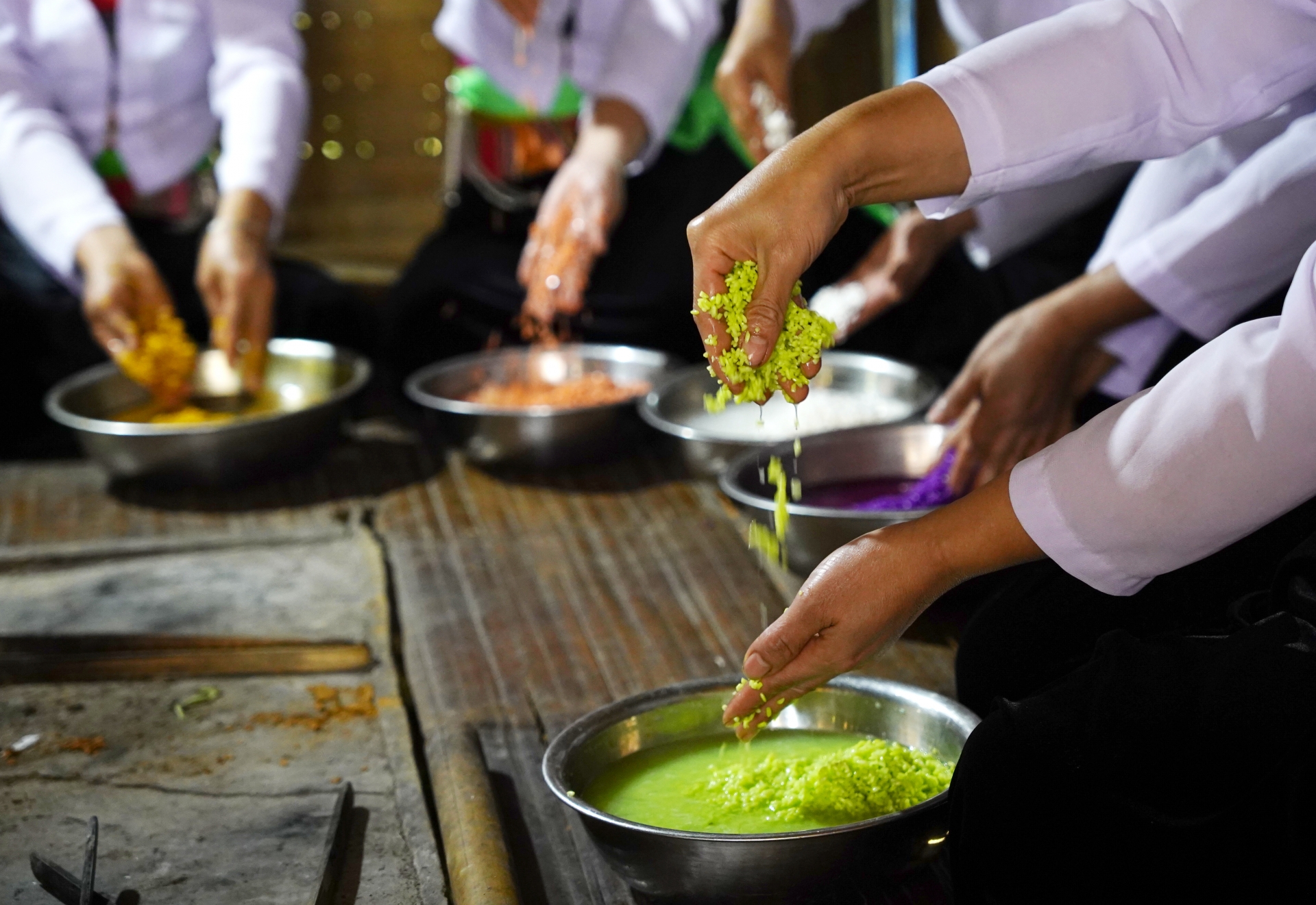 |
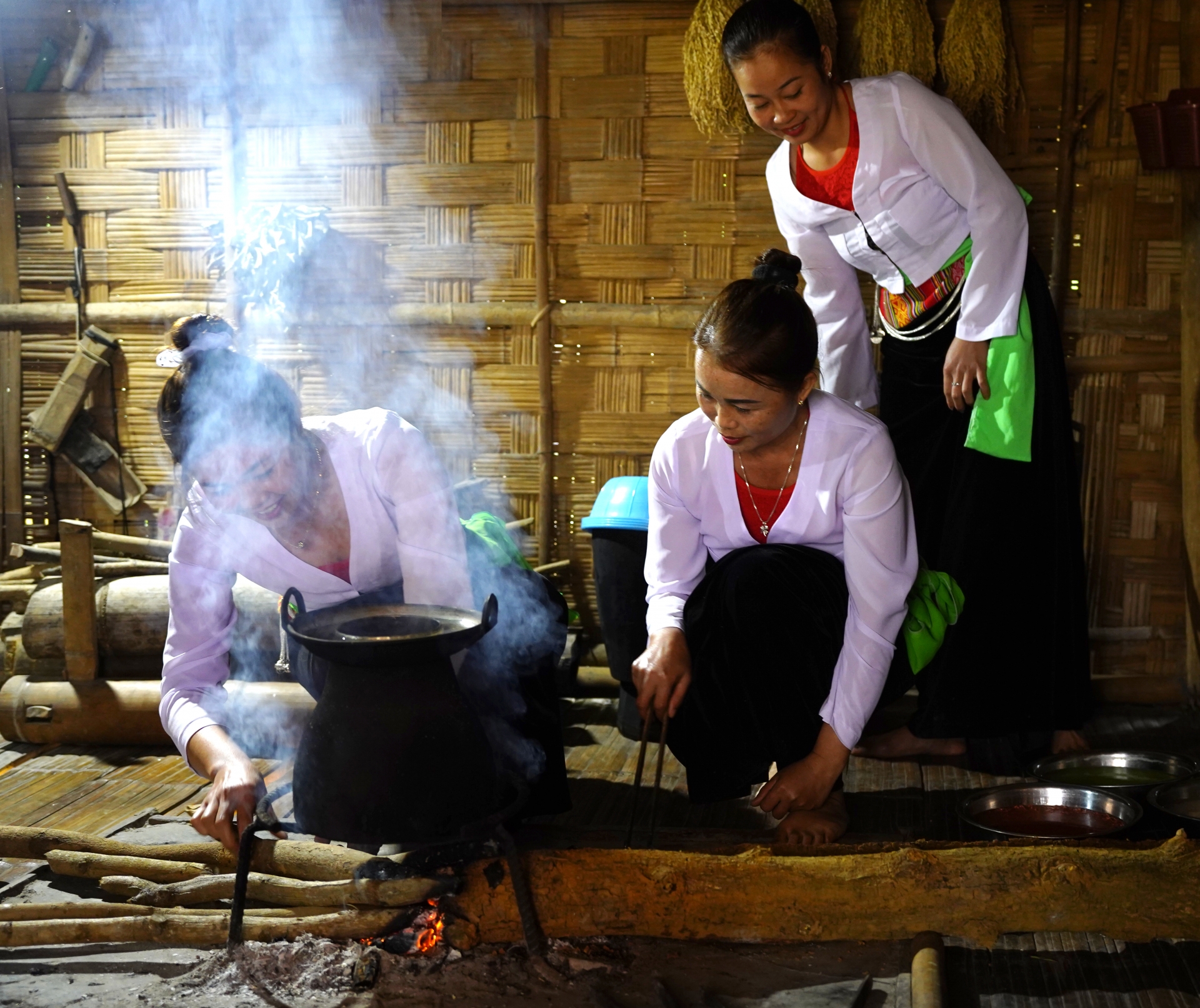 |
|

19:05 | 23/03/2025 17:49 | 18/12/2025News and Events
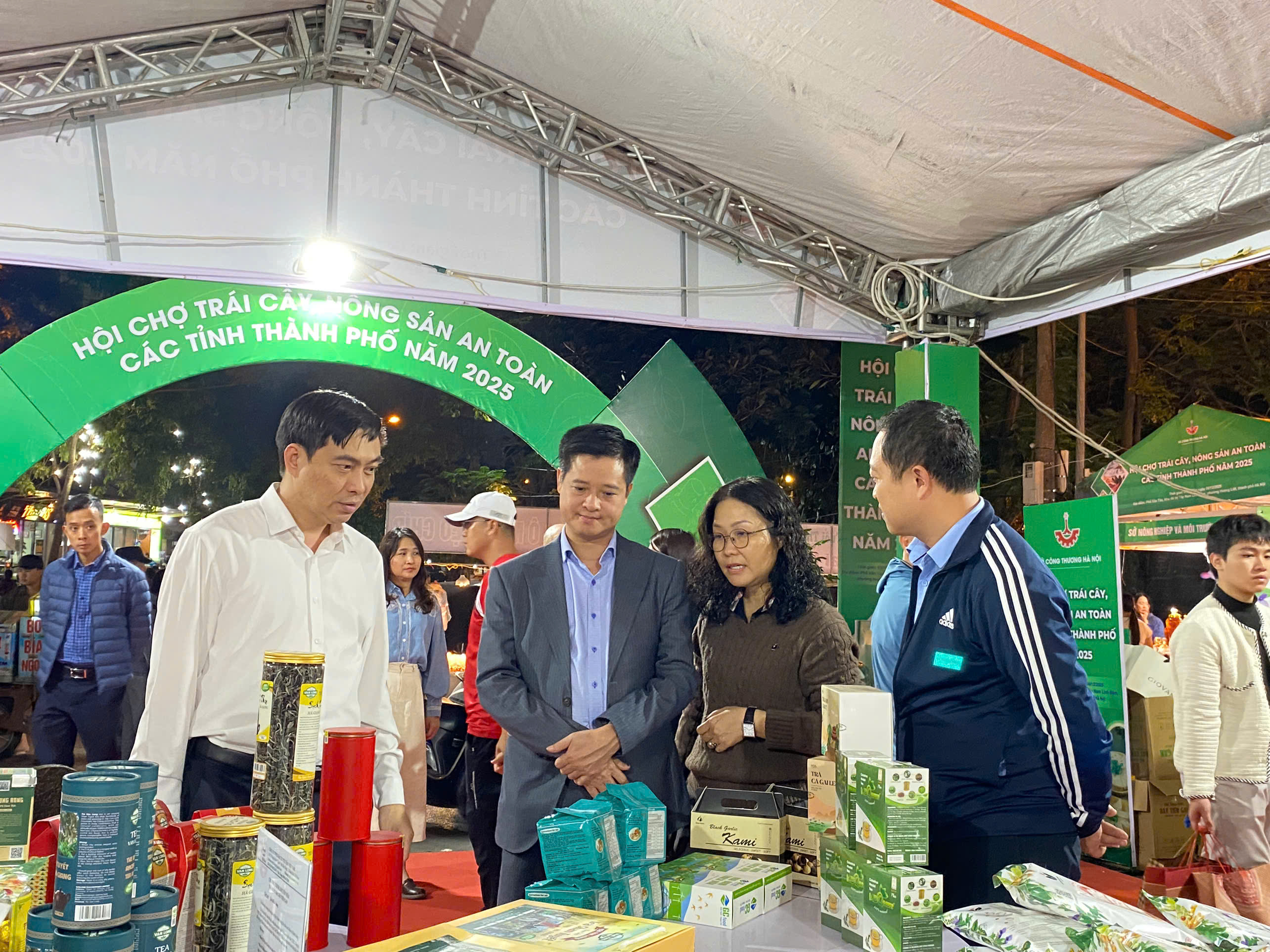
19:05 | 23/03/2025 17:46 | 18/12/2025Trade

19:05 | 23/03/2025 00:05 | 18/12/2025News and Events
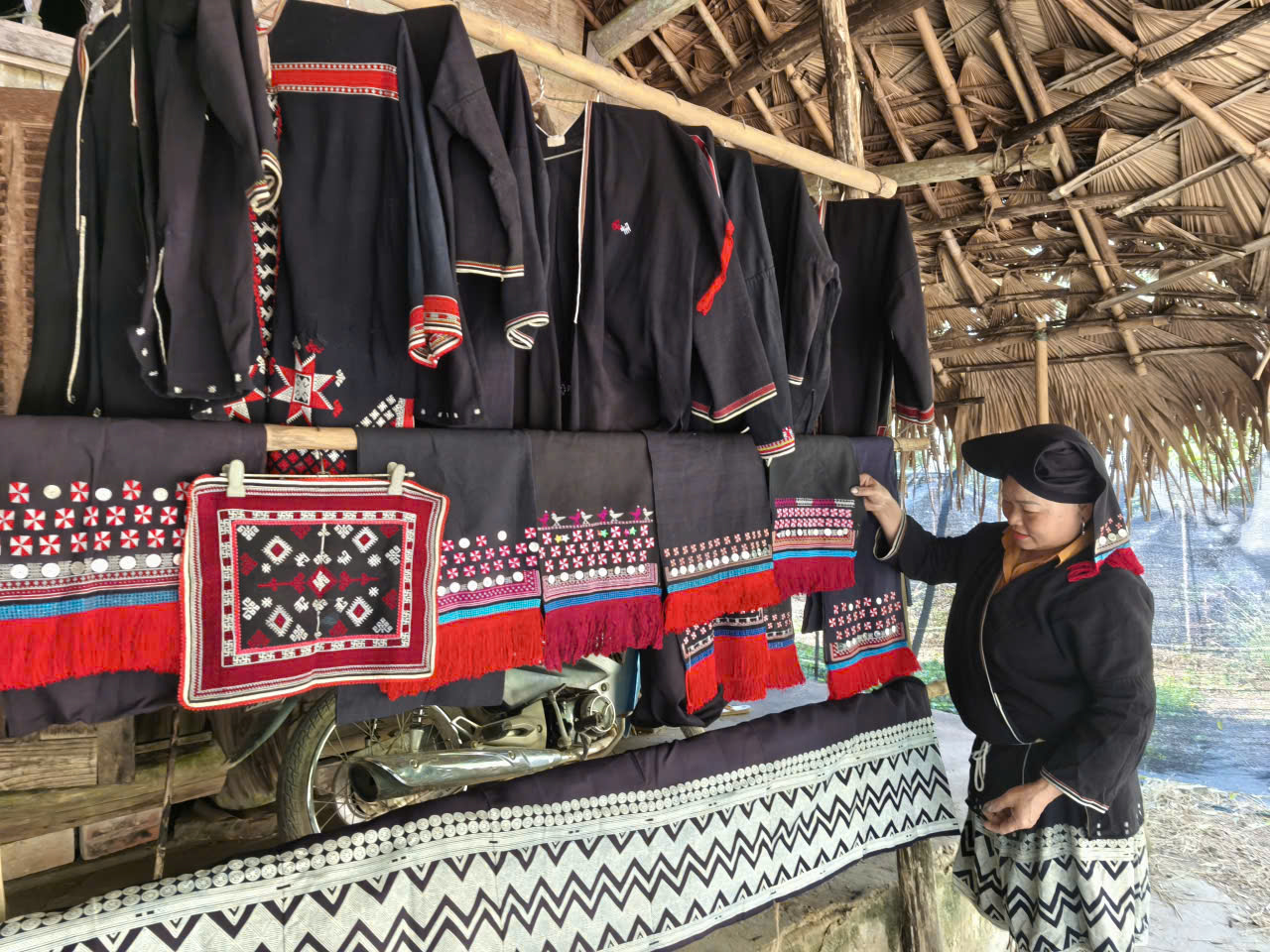
19:05 | 23/03/2025 00:03 | 18/12/2025Tourism

19:05 | 23/03/2025 21:58 | 17/12/2025Industry